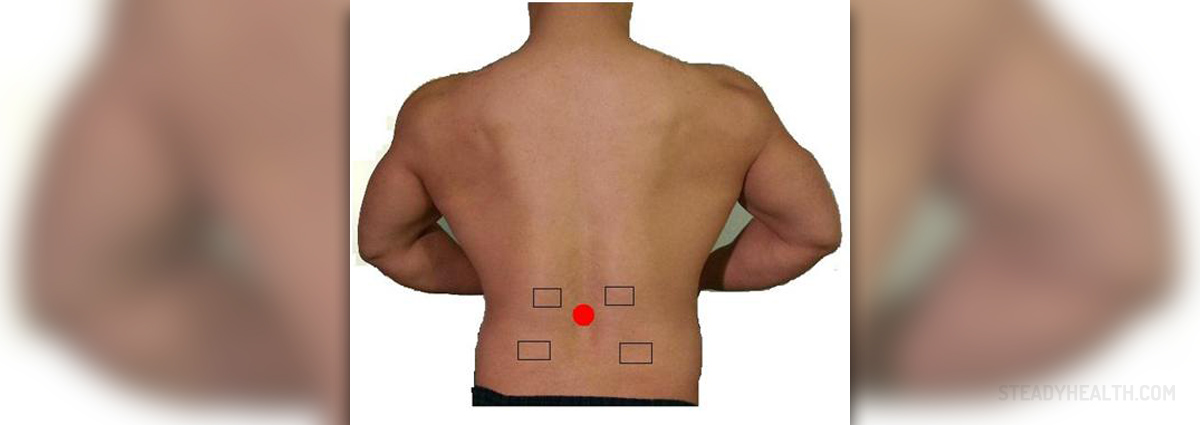
The disc that bulged
A 'disc' refers to a spinal disc. It is basically a cushion, located between the two jointed vertebrae. Vertebrae are cylindrical bones, slightly resembling a can that grew horns, which form a spine. these are connected by powerful ligaments and their complex jointing system, together with the spinal discs, allows for the great flexibility of the spine.
In normal circumstances, the disc and the vertebrae that it separates are aligned. however, the disc may come out of its place. This can happen when the disc looses its shape. the disc is built from the elastic outer mantle and the inner gelatinous core. Wear and tear that happens with time cause damage to the wall of the outer mantle, and make it permeable. Thus, the water in the gelatinous inner core may escape through the wall. This makes the disc to loose its elasticity and shape, and such a disc can slip out of its position. Of course, the disc will not fall out, a bulging disc is rarely more than three millimeters out of its place. But, that is enough to cause a problem.
Bulging or prolapsed disc should not be confused with disc herniations, where the tear in the outer mantle allows the gelatinous mass from the disc core to ooze out.
Diagnosis and treatment
A physical test and medical history check are carried out first. After that, tests such as CT, MRI Scan, or X ray are done to determine how bad the bulging is. Possible treatment options depend on the severity of the condition. surgery is rarely used and general guidelines are rest and avoidance of pain - triggering activities. It should be noted that too much rest actually worsens the condition.
Acute pain and inflammation related to the bulging disc are treated with medications, that is painkillers, anti inflammatory drugs, muscle relaxants, and, eventually, injections of cortisone, distributed in the spinal canal if spinal nerves are irritated. The problem with these is that they address the symptoms, not the cause, and that the pain will be back the moment when the effect of the medication wears off. In any case, a doctor's advice is required before any medication therapy is to be taken.
Physical therapy and chiropractic care are a good solution when combined. The focus of the physical therapy is on exercises that help to stretch and strengthen the region of the herniated disc. these are mixed with ice and heat therapies, while traction and spinal manipulation, if executed by a skilled chiropractor, are regarded as excellent alternative medicine methods for treating a a bulging disc. This kind of therapy offers relief from the most severe acute pain and is a good temporary solution.
Surgery is used only if all else fails. It is a very serious procedure associated with numerous risks and should not be taken lightly, and there is a fairly low success rate.






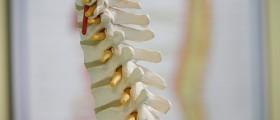
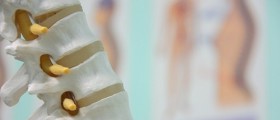



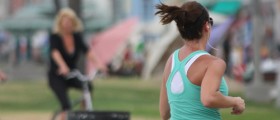
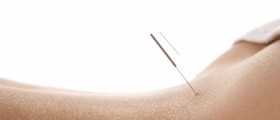




Your thoughts on this
Loading...